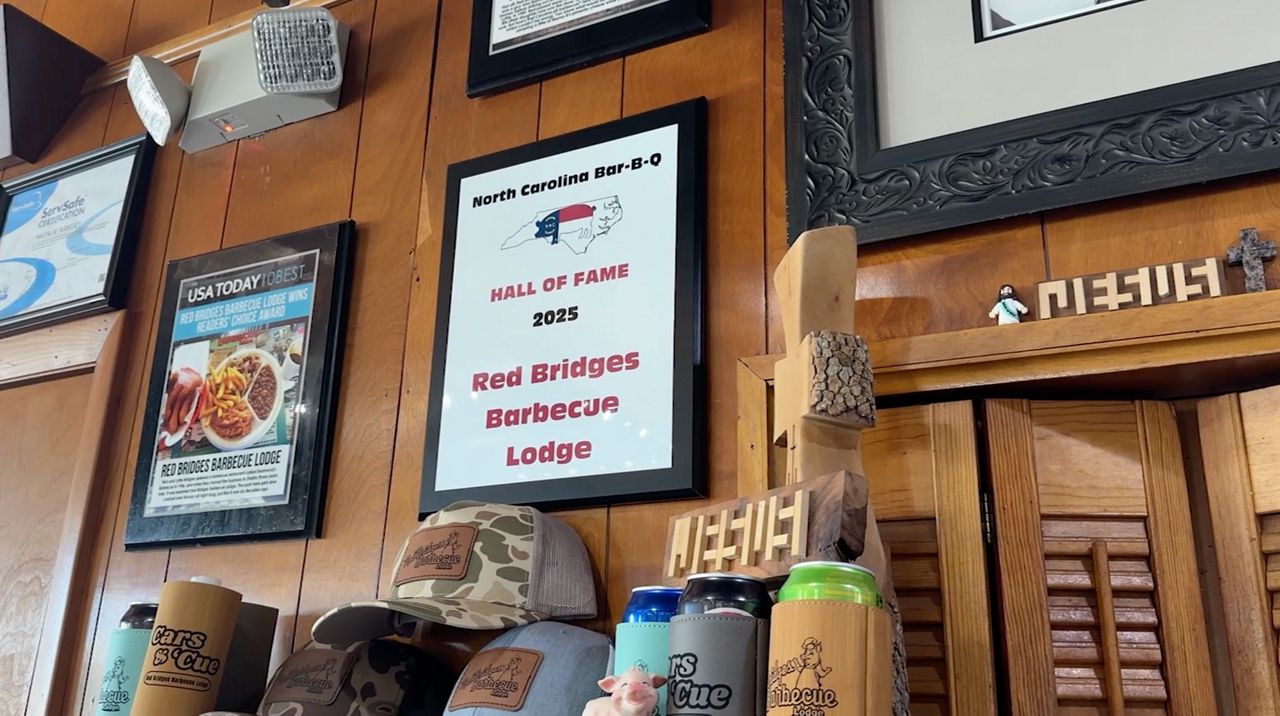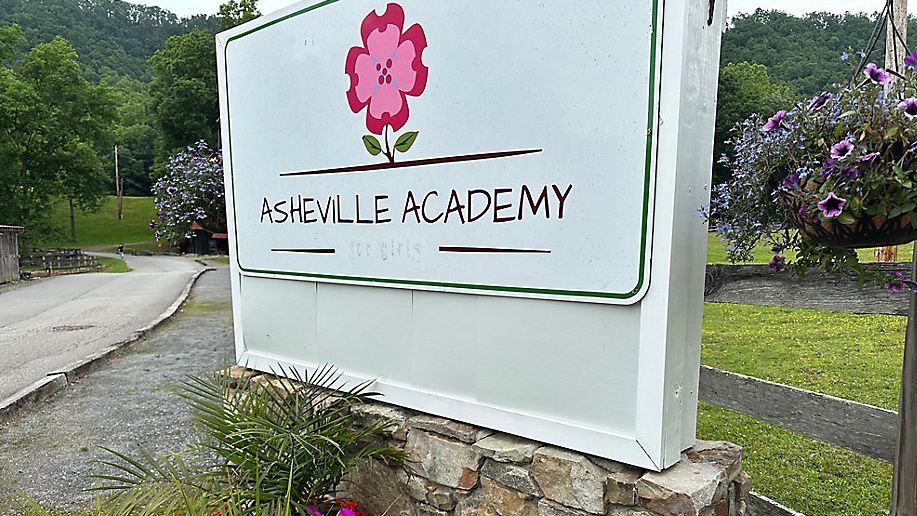CHARLOTTE, N.C. — Monday, the Charlotte City Council approved making McCrorey Heights a local historic district.
The designation makes it difficult to build or remodel homes that don’t meet design standards. Before starting any project involving changes to exterior of a building or property, residents submit proposals to the Charlotte Historic District Commission. The group then reviews the plans to ensure changes meet design standards.
What You Need To Know
- McCrorey Heights neighbors pursued a local historic district designation for their neighborhood to preserve its character and architecture
- The local historic designation makes it harder to build or remodel homes that don’t meet design standards
- The Charlotte City Council has the final say on the local historic designation
"This particular project was a neighborhood-led effort with the goal of preserving the important cultural and architectural heritage of McCrorey Heights,” Historic Districts Program Manager Kristi Harpst said.
Johnson C. Smith University President HL McCrorey established the neighborhood in 1912.
According to community historian Dr. Tom Hanchett, from the 1950s to the 1970s, administrators from Black institutions and civil rights leaders lived in McCrorey Heights, including Dr. Reginald Hawkins. The desegregation activist’s house was bombed in 1965.
One of Charlotte’s first Black police officers and first Black county commissioners also lived here.
Rosemary Lawrence Young, who has lived in the neighborhood for 23 years, is one of the residents in favor of the local historic designation.
She lives in a home that once belonged to Elizabeth Randolph, a Black Charlotte-Mecklenburg Schools administrator who helped guide the district through desegregation.
“I feel blessed. I feel humbled,” Young said.
The secretary of the McCrorey Heights Neighborhood Association and other residents filed a rezoning petition for the local designation. As part of this process, she and other neighbors compiled research, collected signatures, hosted neighborhood meetings and spoke at public hearings.
“As long as I’m living. I will continue fighting to maintain this neighborhood and all the history that it maintains,” Young said.
Most of the 167 houses in the neighborhood have kept the midcentury brick ranch style. However, a few newer homes in the neighborhood don’t follow the same design.
Young worries the new builds would erase the history of this neighborhood and price people out.
“Other neighborhoods have been taken by gentrification and they have been renamed and we don’t want that to happen here,” Young said.
Sean Langley, who was part of the Neighborhood Exploratory Committee for the local historic district, said preserving the architecture and character of the neighborhood is important.
“If they were able to assemble a group of people that were able to dismantle segregation in these modest homes, I feel it’s up to us to continue that legacy,” Langley said.
He said there are dangers associated with not pursuing the rezoning.
“The dangers are that you would demolish and this would become another cookie cutter neighborhood,” Langley said.
There are seven other neighborhoods in Charlotte with a local historic designation, including Dilworth and Plaza Midwood.
Staff recommended the city to approve McCrorey Heights as a local historic district.








